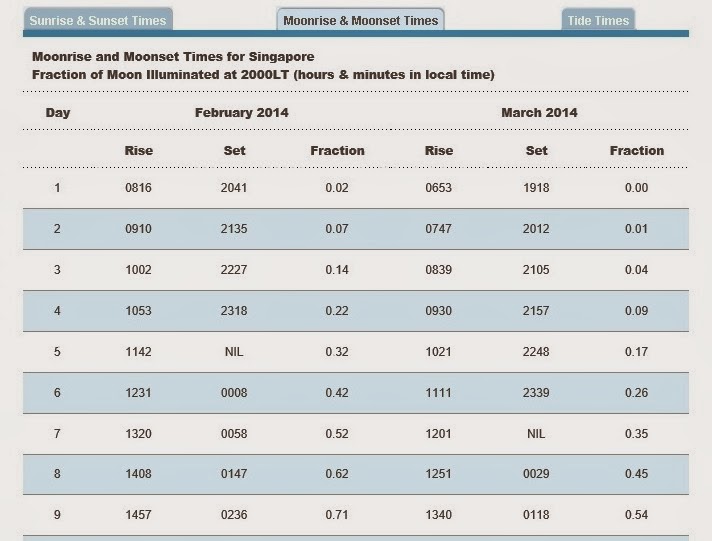Seashores
Singapore
Bristleworms are segmented worms belonging to Phylum Annelida like
the more familiar Clitellata (earthworms and leeches). There are about
10,000 species of polychaete worms, making them the largest class of the
segmented worms.
North-East Coast, Singapore, January 2013...
They are abundant on our shores, but are rarely
seen as they burrow in the ground or remain in other hiding places. In
coral rubble, giant reef worms that grow to 1m long hide inside
crevices. Others about 10cm long crawl about in sandy and muddy areas.
Some beautiful ones swim about in the water. Others live in tubes.
Countless microscopic ones too small to see live among the sand grains.
North-East Coast, Singapore, January 2014...
"Polychaeta" means "many bristles". These worms have bodies that are divided into segments (metameres). Except
for the head and last segment, all the segments are generally similar.
Each segment has a pair of flattened extensions called parapodia. These
appendages are usually branched at the ends and covered with bristles,
called setae. Parapodia show a vast diversity of form and function, serving purposes
such as locomotion (moving like a centipede), burrowing, gas exchange, protection, attachment, controlling
water flow within a tube, or can be reduced or lost altogether.
More photos are available on Merlion Wayfarer Goes Green's Picasa at :
Sources




















